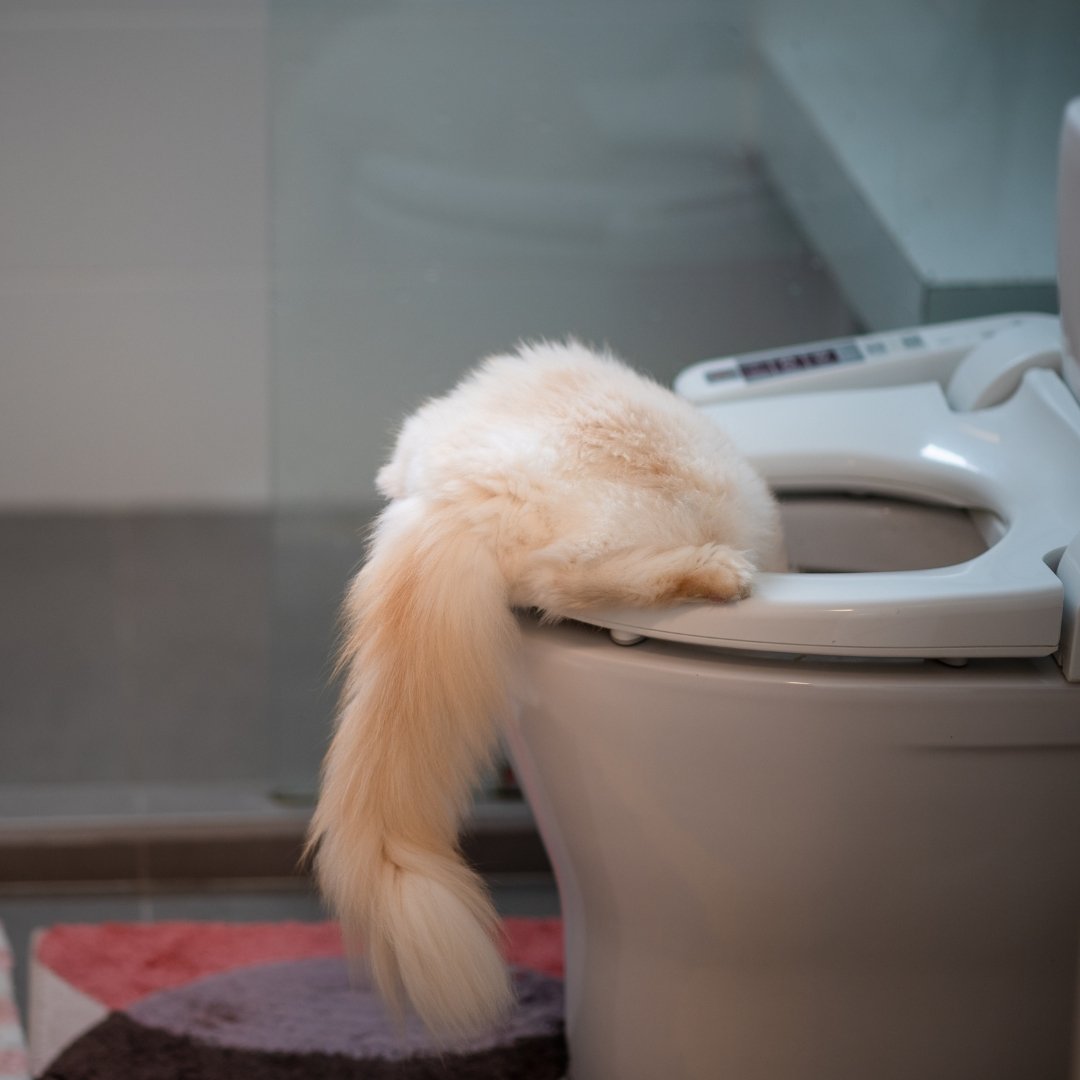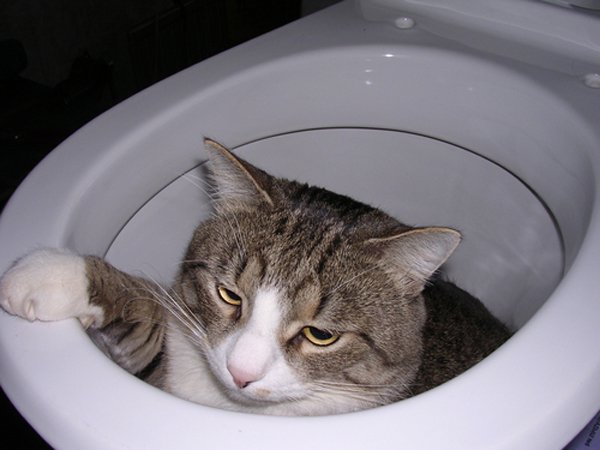Listed here down the page you can get more sensible insight involving Should you flush animal waste down the toilet.

When it involves dealing with waste, specifically animal waste, lots of people often turn to the convenient choice of flushing it down the commode. Nevertheless, this relatively very easy solution can have significant repercussions for the atmosphere and public health. In this article, we'll explore why flushing pet waste down the commode is a bad idea and offer different approaches for appropriate disposal.
Intro
Correct waste disposal is vital for maintaining environmental sustainability and public health. While it might appear harmless to flush animal waste down the bathroom, it can result in different concerns, both for the setting and human wellness.
Dangers of flushing pet waste
Ecological influence
Purging pet waste presents damaging germs and microorganisms right into rivers, which can adversely affect water environments. These virus can pollute water resources and damage marine life, interrupting delicate communities.
Public health concerns
Pet waste consists of damaging germs such as E. coli and Salmonella, which can present significant wellness risks to humans. Flushing animal waste down the bathroom can contaminate water materials, leading to the spread of conditions and infections.
Alternatives to flushing
Instead of flushing animal waste down the bathroom, there are numerous alternative disposal techniques that are much more eco-friendly and sanitary.
Composting
Composting pet waste is an environmentally friendly way to take care of it. By composting, raw material is broken down right into nutrient-rich dirt, which can be made use of to feed gardens and plants.
Landfill disposal
Throwing away pet waste in a land fill is one more choice. While not as environmentally friendly as composting, it is a more secure option to flushing, as it avoids the contamination of water sources.
Pet dog waste disposal systems
There are specialized pet garbage disposal systems available that securely and hygienically get rid of animal waste. These systems commonly use enzymes to break down waste and remove odors.
Steps to correct animal waste disposal
To ensure appropriate disposal of pet waste, follow these steps:
Scooping and landing waste
Consistently scoop and bag animal waste utilizing biodegradable bags. This stops waste from infecting the environment.
Using assigned waste bins
Dispose of bagged pet waste in assigned waste bins, such as garden compost bins or land fill bins. Stay clear of flushing it down the bathroom in all expenses.
Cleaning up can and animal locations frequently
Regularly tidy can and animal locations to prevent the accumulation of waste and microorganisms. Use pet-safe cleaning items to keep health.
Advantages of proper disposal techniques
Embracing correct disposal methods for animal waste offers several advantages:
Decreased environmental pollution
Correct disposal techniques reduce the threat of environmental pollution, protecting waterways and ecological communities from contamination
Decreased danger of water contamination.
By avoiding flushing pet waste down click here the toilet, the danger of water contamination is significantly minimized, safeguarding public health.
Improved sanitation and hygiene
Appropriate disposal approaches advertise far better hygiene and health, producing a more secure atmosphere for both people and animals.
Verdict
To conclude, flushing animal waste down the bathroom is dangerous to the setting and public health. By embracing alternative disposal methods and following correct waste monitoring methods, we can reduce the negative impact of pet waste and add to a cleaner, healthier planet.
Why You Should Never Flush Animal Waste Down the Toilet
As a pet and property owner, cleaning up after your furry friends is important to ensure your property is clean and disinfected. However, when disposing of animal waste, many opt to flush it down the toilet. After all, it seems like the most convenient option, right? Unfortunately, this common practice can actually have harmful effects on your plumbing system and the environment.
What Comprises Animal Waste?
Animal waste refers to bodily excretions such as feces and urine from pets such as cats, dogs, and rabbits. These excretions contain bacteria, pathogens, viruses, and parasites that can harm humans and the environment. Some types of animal waste, such as feces from dogs and cats fed on processed foods, may contain harmful bacteria like E.coli, salmonella, and campylobacter. Flushing this type of waste down the toilet could pollute waterways and destroy the ecosystem.
Environmental and Physical Dangers of Flushing Pet Waste
In the environment, flushing waste can contaminate waterways, killing aquatic life and harming the ecosystem. The waste that might be considered flushing down the toilet could also adversely impact your plumbing and sewage systems in the following ways.
End Up in Sewage Treatment Plants
Flushing pet waste down the toilet can have a detrimental impact on sewage treatment plants and the overall water quality. Pet waste contains harmful bacteria and pathogens that, if not properly treated, can contaminate water sources and pose a risk to aquatic life and human health. Sewage treatment plants are designed to handle human waste and other biodegradable materials, but they are not equipped to effectively treat the bacteria and pathogens present in pet waste.
Clog Pipes
Density: Animal waste is often dense and easily gets stuck in pipes. Unlike human waste, which is designed to be flushed away smoothly, pet waste contains elements like grass, dirt, raw hide, hair, and other materials that can create blockages in the plumbing system. Potential damage: Flushing pet waste, even in small amounts over time, can lead to costly repairs. It can cause cracked pipes and other plumbing issues, resulting in the need for professional intervention. Public and private waste management systems: Flushed pet waste can also cause problems in public and private waste management systems. It can overload septic tanks and other sewage treatment systems, leading to backups. Leading to Untreated Sewage Overflows
Flushing excessive amounts of pet waste can overwhelm the sewer system's capacity to handle the additional waste load. This can cause backups and overflows, leading to untreated sewage entering waterways.
Additionally, pet waste, particularly when combined with other non-biodegradable items like wipes or litter, can create sewer pipe blockages. These blockages prevent the proper flow of wastewater and can cause sewage to back up and overflow.
Flushing Pet Waste Could Affect Human Health
In addition to environmental hazards, flushing pet waste down the toilet could be detrimental to human health. The bacteria found in animal excrement exposed to sewage might cause infectious diseases. For that reason, people whose immune systems have been weakened by particular diseases, medical treatments, or age can be in danger of disease from even the smallest bacterial exposure in contaminated water.
Alternative Ways to Responsibly Disposing of Pet Waste
The most secure and sustainable way of disposing of pet waste is by composting it. Cat litter can be useful fertilizer for your garden if you compost it safely and appropriately. However, it is essential to do this correctly to prevent exposure to the dangerous parasites that the waste might have. It is best to research before composting your pet waste, as certain toxins can persist even after the composting process is finished.
Another safe way to dispose of pet waste is by bagging and throwing it in the trash bin. Here, it is crucial to choose the appropriate bag for disposal, such as biodegradable bags that quickly decompose, reducing the carbon footprint of landfills.

I was made aware of that write-up on 4 Reasons Why Dog Poop Cleanup is Important through someone on our other site. Be sure to take the opportunity to distribute this post if you appreciated it. Thank you for taking the time to read it.
Schedule Service Pickup